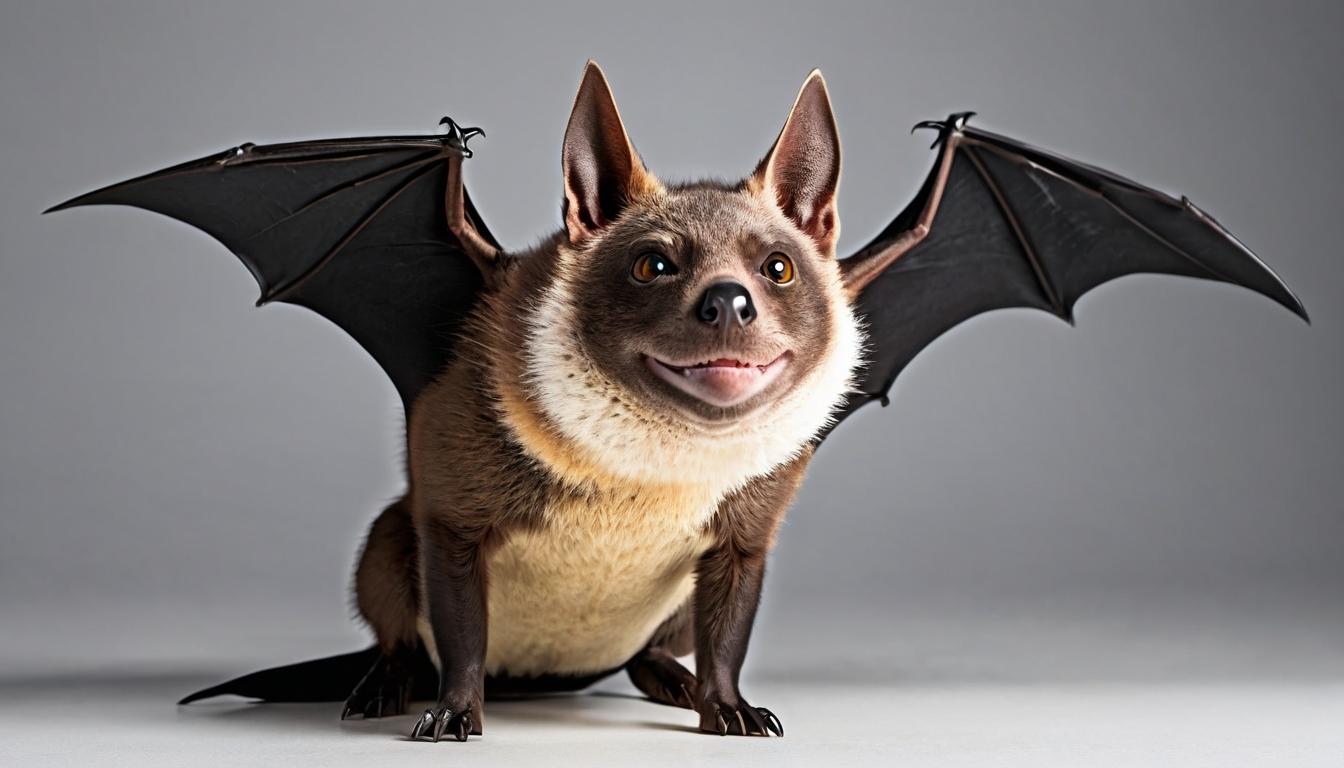While humans rely heavily on vision and hearing to navigate the world, the animal kingdom operates on an entirely different sensory spectrum. Bats don't just see in the dark—they paint three-dimensional soundscapes using echolocation, emitting ultrasonic calls that bounce back to reveal the size, shape, texture, and even movement of objects around them. This biological sonar system is so precise that some species can detect objects thinner than a human hair.
Sharks possess an extraordinary electrosensory system called the ampullae of Lorenzini, which allows them to detect the minute electrical fields generated by living creatures. This sixth sense enables them to locate prey hidden beneath sand or detect the heartbeat of fish from several feet away. The sensitivity is remarkable—comparable to detecting the electrical field of a AA battery from over a mile away in ocean water.
Bees see the world in ultraviolet light, revealing patterns on flowers that are completely invisible to human eyes. These ultraviolet landing strips guide them directly to nectar, while their ability to detect polarized light helps them navigate using the sun's position even on cloudy days. Their compound eyes process images five times faster than humans, making moving objects appear in slow motion.
Elephants communicate through infrasound—frequencies too low for human ears to detect—that can travel through the ground for up to six miles. They receive these messages through sensitive nerve endings in their feet and trunks, creating a seismic communication network that coordinates herd movements across vast distances. This explains how separated elephant families can reunite after days or weeks apart.
Snakes use their forked tongues not to taste, but to smell the air in stereo. Each tip samples chemical particles from slightly different locations, allowing them to determine the direction of prey or predators with astonishing accuracy. Combined with their heat-sensing pit organs, which detect infrared radiation, snakes essentially see the world through thermal imaging.
Dolphins employ a sophisticated form of biological sonar that can identify different materials inside containers. Experiments have shown they can distinguish between copper, aluminum, and plastic cylinders based solely on their acoustic properties. Their echolocation is so advanced that they can determine the internal structure of objects, almost like medical ultrasound imaging.
Birds navigate using magnetoreception—the ability to sense Earth's magnetic fields. Researchers believe this internal compass involves quantum mechanics happening within specialized proteins in their eyes, allowing them to literally see magnetic fields as visual patterns superimposed on their normal vision. This explains how migratory birds can travel thousands of miles with pinpoint accuracy.
Cats possess a specialized organ called the vomeronasal organ that detects pheromones undetectable to humans. This explains why they sometimes make that peculiar grimace known as the Flehmen response—they're essentially tasting the air to analyze chemical messages from other cats. Their whiskers, meanwhile, detect minute air currents and vibrations, helping them navigate in complete darkness.
The pistol shrimp creates one of the loudest sounds in the ocean by snapping its specialized claw so fast that it generates cavitation bubbles. When these bubbles collapse, they produce temperatures hotter than the surface of the sun and shockwaves that stun prey. This biological weapon is so powerful that it temporarily interferes with sonar and submarine communications.
Butterflies taste with their feet, using chemoreceptors to identify plants before laying eggs. Their compound eyes contain up to 17,000 individual lenses, allowing them to see in multiple directions simultaneously. Some species can even detect polarized light and ultraviolet patterns that help them navigate and find mates.
These extraordinary sensory adaptations reveal that every creature inhabits its own unique version of reality—a world perceived through biological technology far beyond human capabilities. While we developed tools and technology to extend our senses, evolution equipped animals with built-in superpowers that make our human experience seem remarkably limited in comparison.
The hidden world of animal senses: how creatures perceive reality differently

